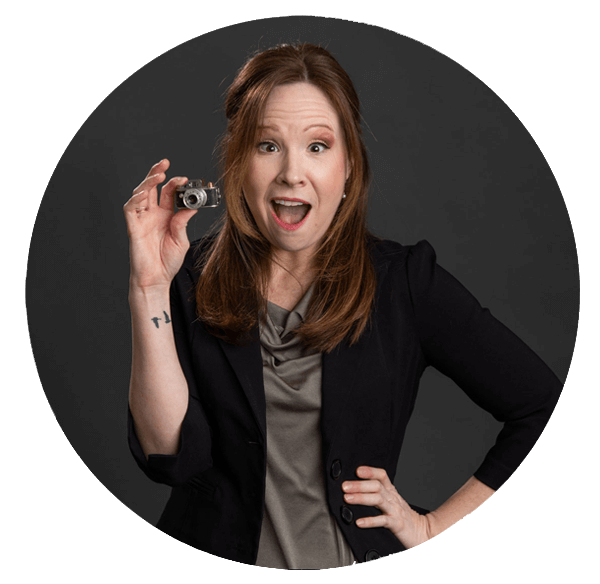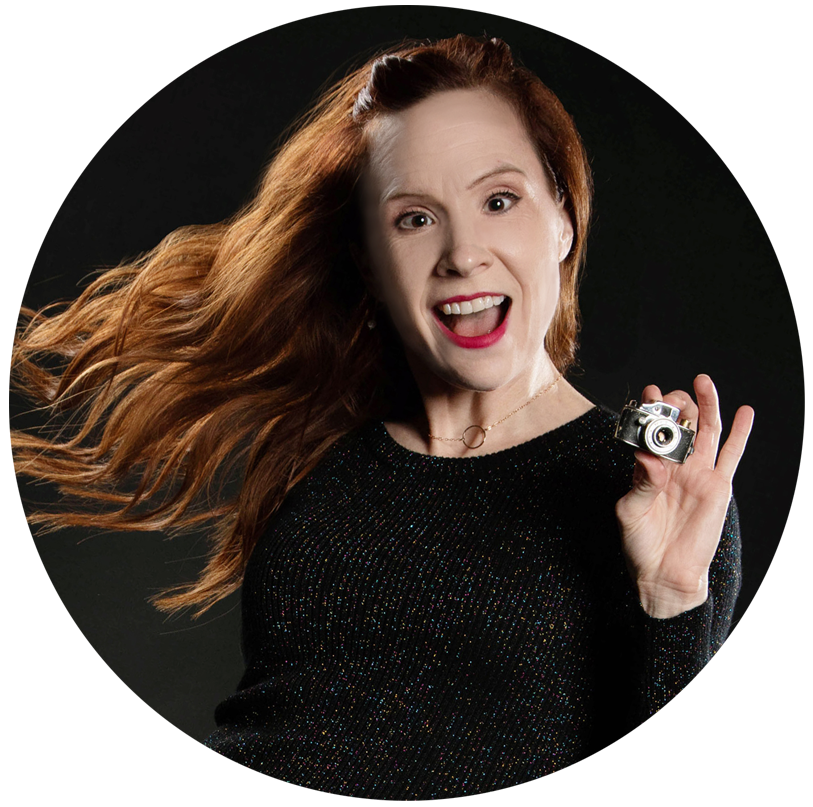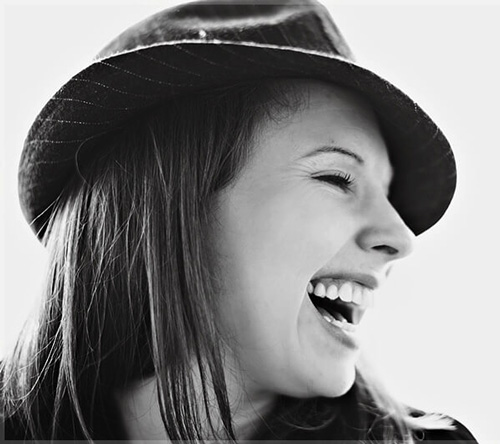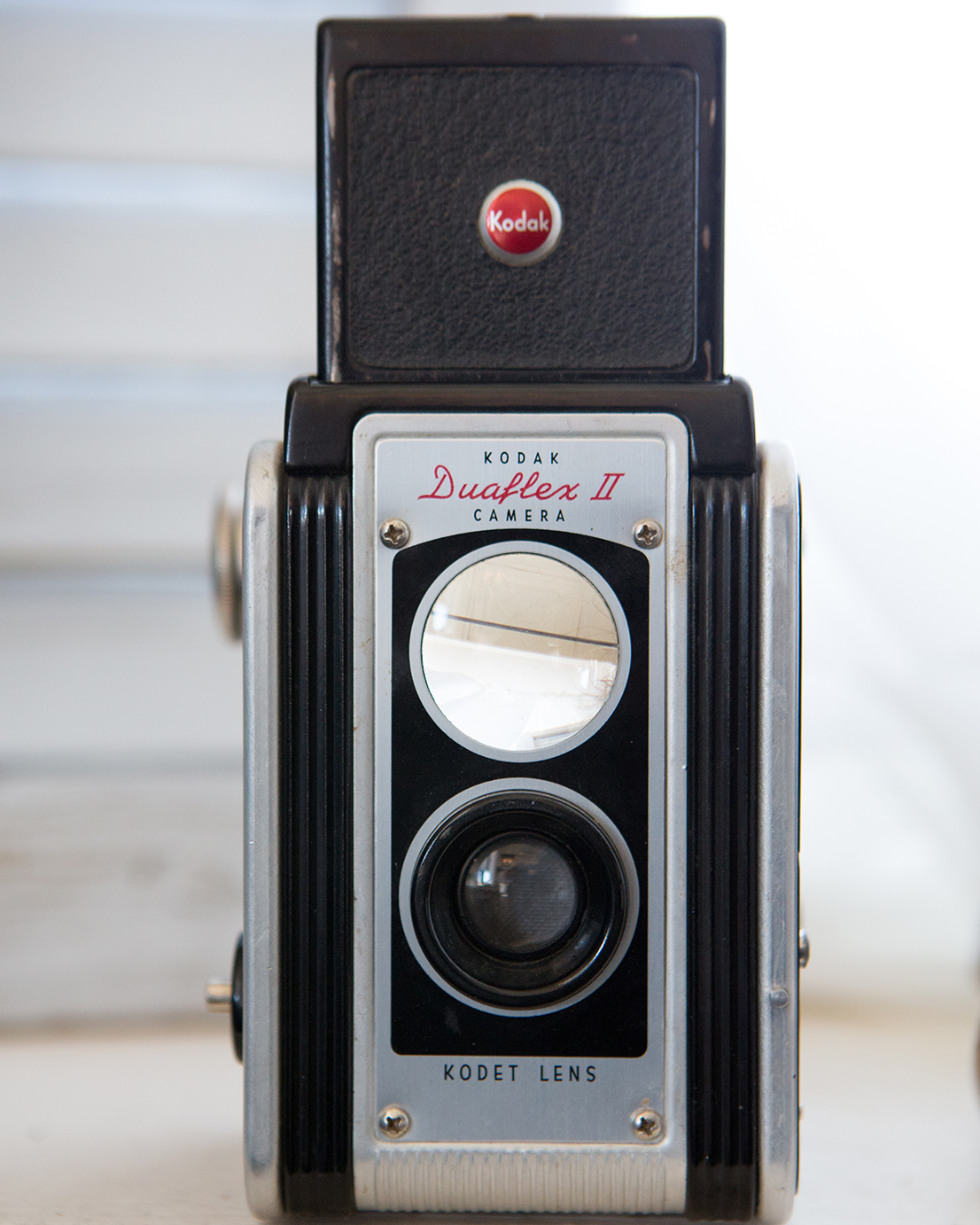
Before the holiday, I started a new series (Anyone Can Do It). In the first post, I talked about the importance of knowing your competition. Often, we believe our competition to be a specific set of pro and semi-pro photographers in our price range and style. But, they’re not. Our competition is all around us, and they’re often armed with more advanced equipment than we have in our own bag! In this post, I’m going to step back and talk about the importance of finding your creative style while, at the same time, forgetting everything you know about … anything you’ve ever read in a book.
********************
Mr. Heinz, my high school photography teacher, stood over my shoulder staring unconvincingly at my newest work of life-altering documentary art. Trying to impress someone so unbudgingly critical is difficult for anyone. At seventeen, the rejection can be momentarily life changing.
Back up … Earlier in the day, I took a picture of an onyx-clad girl sitting by herself in a lonely corner of the cafeteria. A few minutes earlier, a boy had left her crying. I could only imagine why, but I could tell that she was struggling to move. Every few seconds, rocking slightly on her stool, she lifted her head and focused her attention on the exit doors. Her eyes were clearly planning an exit, but her body simply wouldn’t budge. Slowly planting her reddened face in her hands, I imagined that she paralyzed herself in this way to avoid the gawking onlooking that would ensue if she bolted through the cafeteria in tears.
To me, at seventeen, this seemed like a Pulitzer-worthy moment — true life captured. But, then, the cafeteria staff knew me as the trouble-making kid who reported them to the Call For Action hotline … for failing to wear hair nets. So my social-importance meter might have been slightly skewed.
Regardless, I decided to practice some lunch-room reportage — no easy task in a crowded and hormonally-charged feed-room, I assure you. Secretly catching a personal moment in the high school cafeteria is like going on safari with meat strapped to your back — on foot. Every predator knows you’re there …
Shooting between two boys trading spit-wads (but just slightly over the head of a vainly posing girl who thought I was photographing her), I had to angle my body so that the lunch monitor couldn’t see that I was standing on a stool shooting photographs of an unknowing sad person. Despite the chaotic, undulating masses, the girl in the big coat and black beret remained motionless, staring pensively at the floor. “I have to capture this,” I thought.
And so I did … Balanced on a stool, I raised my camera, dodged an errant wad, and breathed … the long breaths we take when the shot is an important one.
“… one frame only, manual exposure … on-the-fly focus … shoot!
Rushing into the darkroom after lunch, I developed my film and ran some quick prints. This picture was huge, socially speaking, so I gave it the respect it deserved … a full 8X10 sheet of Kodak Polymax paper.
Running my final masterpiece through the correct series of chemicals, I dried it quickly and stumbled through the light-tight turnstile door looking for Mr. Heinz. He had to see this.
Some minutes later, he arrived at my workstation, leaning slightly over my shoulder. I slid my game-changing image to the middle of the table so he had a better angle — my trembling hands gently wafting the ambrosial bouquet of Dektol and chemical fixer around the room. My friends hated the so called “sewery chemical-stink.” To me, the odor validated my work. Some days, I remember purposely leaving class without washing my hands because it reminded me that there was something creative outside of school … you know, the place where creativity goes to die.
Finally he tipped his Tortoise Shell glasses and began what I believed would be words of total amazement.
“What made you choose this? She’s closing her eyes and kind of goofy looking. Really, this is terrible posing …” I looked up at him, searching for some consolation, but he had already turned away, hands crossed behind his back, shuffling toward the big black turnstile door.
What? That’s it? That’s all I get for my stealthy and emotional life-capture?
“But …” I said wimpishly, “it’s reportage … It’s real! She’s not supposed to be posed …”
********************
In Case of Boredome, Break Rules!
I remember that day because it struck such a critical blow to my creative instinct. Posing her would have been … stupid … in my mind. What’s real about that? But, we do it all the time as photographers. We follow formulas … we even buy books to teach us more. But a formula or book will never teach you to predict a moment. In fact, they seem to stifle our very ability to sense our surroundings at all. Enter our habitual and almost pornographic addiction to technology (smart phones and tablets), and I believe we are witnessing the decline of the faithfully observant photojournalist. Thinking about this idea, here’s a quick list of the things I’ve learned from portraiture books:
- Men must always stand like masculine statues — resting a leg on a chair increases said masculinity.
- Hands should stay relaxed. Be careful not to squeeze them too tightly and always watch for double chins.
- Women tilt their heads slightly (because tilting heads are obviously more feminine, aren’t they?)
- Check hair for tangles, straighten unsightly wrinkles, bend, prod, goad, and push your subject into a beautifully molded statue reflective of nothing you will ever experience in your life.
- Finally, after molding your subject into something you like, remind them to act naturally.
Unlike virtually any other profession, we’re haunted by onlookers and amateur’s who absolutely know our business better than we. The backseat-clicker. You know the scenario: Aunt Betsy hovers over our shoulder during a shoot (and by this I mean, the entire day) mumbling in our ear directing our subject by proxy.
“Now, camera-boy,” she says, “take the right shot … take the shot I saw in the Reader’s Digest. …No, no, no, you can’t take a picture of a girl from that angle!”
She’s gone, you think … but Aunt Betsy’s never far. “Excuse me again camera-boy, why are you standing there? That ugly thing-a-ma-jig is standing straight up out of their heads!” Of course, like Mr. Heinz, Aunt Betsy isn’t seeing the world through our eyes.
Every photographer knows Aunt Betsy. But, are you listening? I know many photographers who do, squirming and adjusting to meet the demands of random onlookers. Stop listening, though, and trust your vision. Remember, your client is paying you for a reason. Moreover, if you decide to listen to Aunt Betsy, you abruptly stop the creative process and begin spitting out the ordinary, the common … the predictable.
Unfortunately, however, she represents the vast majority of photographers who act as safe participants instead of active observers.
What’s the difference?
- The safe participant follows precise rules and directs client-traffic. They inject themselves into the moment — in a way, becoming part of the moment itself. It’s a safe methodology to pursue since the photographer ends up with considerable control of the daily variables.
- The active observer, on the other hand, allows the emotion of the moment to emerge without direction. Observers do this because true emotions can’t be directed or conjured. It really shouldn’t be our job to be part of the moment, but, rather … integral to it. The wedding business is packed with photographers who wear funny shoes or dress themselves in a clown-like or oddly silly persona for the sole purpose of driving the day or event toward a more predictable result. But is that truly reflective of the moment?
[dopwgg id=”8″]






